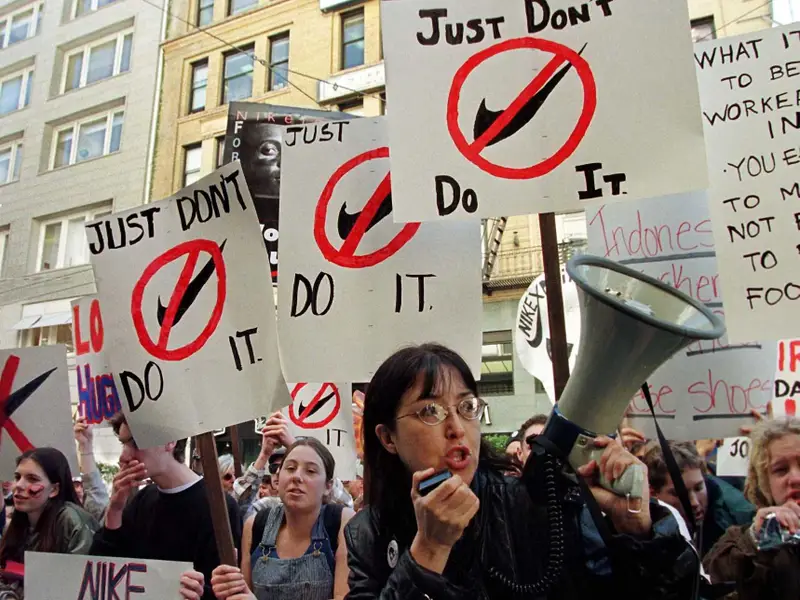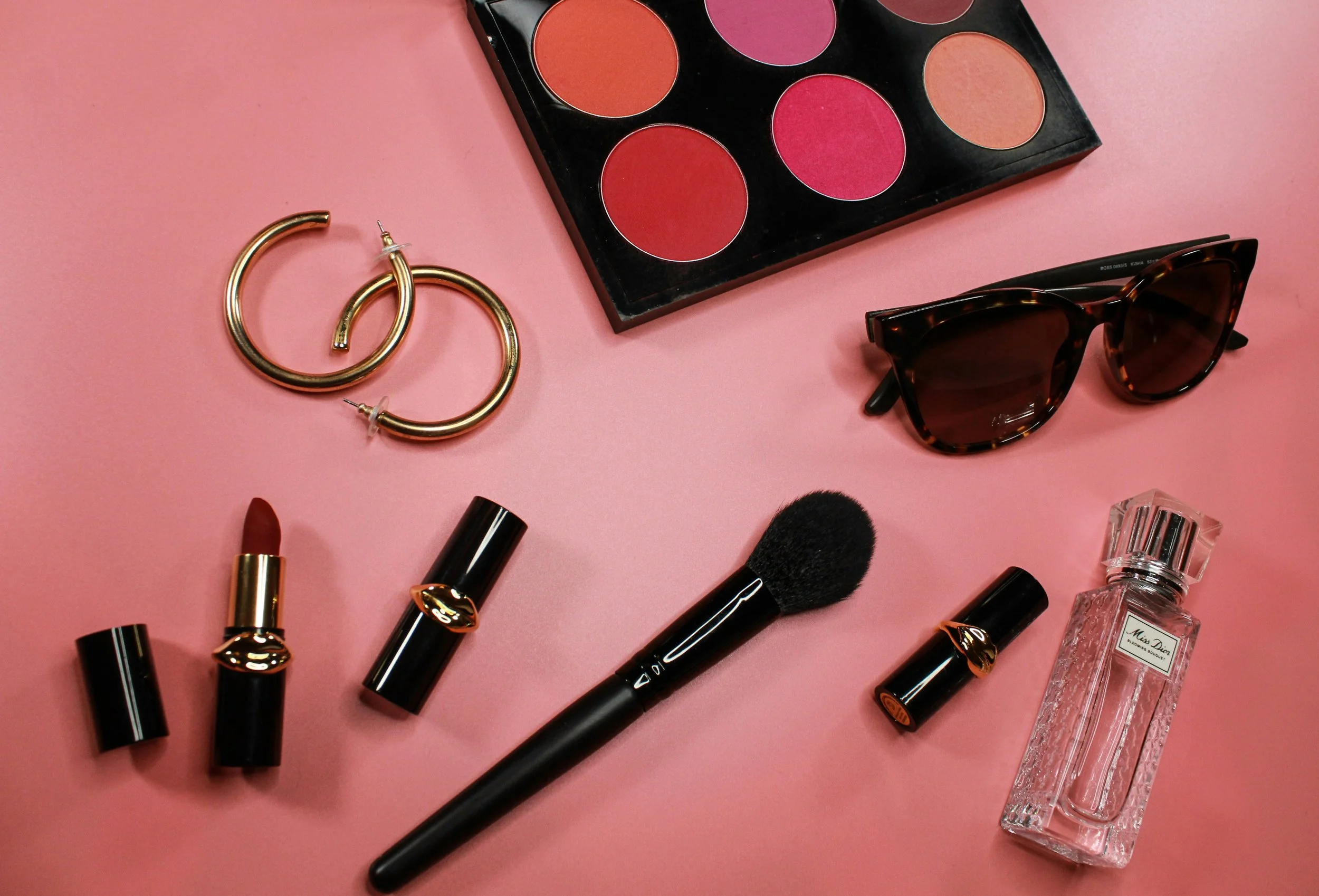The Radical Act of Going Out to Eat: My “Once a Week” Strategy
January 17, 2022
The Wealth Planner
The only personal finance tool on the market that’s designed to transform your plan into a path to financial independence.
Get The Planner
Subscribe Now
Biggest Finance Newsletter for Women
More than 10 million downloads and new episodes every Wednesday.
The Money with Katie Show
Recommended Posts
The other night, my husband and I went out to a nice dinner. It was a Friday evening, I didn’t feel like cooking, and at around 3:30 in the afternoon, I texted him at work:
“I think I’m in the mood to go out for a nice dinner tonight.”
He sent back a meme of Bethenny Frankel begrudgingly going, “…Okay. All right.”
Why, you might be asking, would he only begrudgingly accept such an invitation?
Because we’re frugal.
We’re aware of the mark-up on the food. We know one night out costs twice as much as our groceries for an entire week. We realize it’s a drain on many Americans’ budgets, and one that often serves as a scapegoat (read: anything about coffee or avocado toast published in the last decade).
Why I swore off going out to eat
A couple of years ago, I decided eating out was doing too much of a number on my monthly budget. It wasn’t unusual for me to spend $400/mo. to $600/mo. on “Restaurants,” the category in my old Mint breakdown that would start the month with the best of intentions and come skidding into the 31st bruised, beaten, and abused.
(Ah, Mint. Mint walked so Copilot could run. If you’re looking for a better automatic budgeting solution, the code KATIE2 will double your Copilot free trial.)
Cooking at home was cheaper and – in some ways – easier.
I didn’t have to get dressed up. Drive. Find parking. Choose something off a long menu and hope it didn’t have capers or some other weird shit on it. Tip 20% at the end.
My attitude toward going out to eat was, “I don’t even really enjoy it that much, so I’m just going to stop and see what happens.”
What a “dining out” hiatus did for me
Before the other night, the last time we had gone out for dinner was probably two months ago. Normally, I cook, he cleans, and the whole affair lasts less than 20 minutes (or we just take the pre-prepared meals we buy from a local chef out of their to-go containers and pop ‘em in the microwave, which is even less time-consuming).
It’s efficient. Timely. Unromantic.
It’s the eating equivalent of walking up to a wall socket and plugging yourself in – gets the job done without a whole lot of fanfare.
Of course, I used to put a little more zest into my cooking (both literally and figuratively). I’d try new, convoluted recipes, put a lot of effort into the plating, and admire my handiwork.
It was fun! (At first.)
Before long, it lost its charm and novelty. I was back to cooking the basics – protein, grain, vegetable – and getting the job done with as little pain as possible each night.
But much like going out to eat all the time became something akin to a disillusioned chore for me, cooking became the same. So when I found myself innocently browsing OpenTable for the first time in a couple months on Friday afternoon, I felt basically no guilt about the decision to abandon the chicken in the fridge and pay a 200% markup on an ahi tuna tower instead.
The once-a-week dining out strategy
Honestly, my implementation is probably more like once a month, but I know that’ll feel extreme for some.
The difference between my old lifestyle habit and the energy around the most recent decision to go out to eat (to a “three-dollar-sign restaurant,” no less!) was palpable.
I was excited to try the restaurant. I wanted to put on nice clothes. I even looked at the menu ahead of time and scouted out our first round.
Each step of the process was a choice, not a habitual given.
We ordered a bottle of wine. We got fun entrees. We even got our own individual desserts! The gloves were off. We spent $130 after tip.
(A decision that felt even more rebellious upon ordering groceries the next morning and noticing our total for the next week was $70.)
But the intentionality of the choice, the excitement to go, and – this is the most important part! – the truly quality time together at dinner (we got seated in a cozy round booth and the vibes were elite) made the decision feel good, not guilty.
We got to talk over wine for two hours – something we could do at home sitting at the kitchen counter, but something that doesn’t happen when the couch and TV are beckoning nearby.
Dining out isn’t about food
As we left dinner that night, I couldn’t help but feel really happy – decidedly not how I used to feel after spending $100 on a single dinner. There was something special about the fact that we did it so infrequently; I even challenged myself to order what looked good without paying too much attention to the prices.
Why? Because it was an experience – it was time spent together without screens, around other people doing the same.
And that’s the funny thing about dining out:
I think it’s a colossal waste of money if you’re judging it as a means of merely feeding yourself. It’s about as inefficient as you can get, in that respect.
But as a means of entertainment, quality time, and bonding? It’s a pretty good contender.
Going out to eat once a month (or once a week) isn’t going to derail your financial future, but it might strengthen your relationships and bring a little bit of novelty and joy into an otherwise-mostly-mundane life.
As someone who rarely leaves her home (work from home, workout from home, relax at home), the occasion to put on real clothes and be around other humans is nothing short of exciting.
It’s definitely cheaper than an expensive vacation, sporting event, or shopping spree (though I suppose those things are also totally permissible in moderation, too).
Budgeting for dining out
Of course, it crossed my mind after the meal that this is still a relatively expensive habit, and one that has to be planned for.
We budget $175 per month for date nights and another $150 for eating out in general – the difference is that the $175 goes toward intentional ‘sit down like a real person and order a bottle of wine’ nights, whereas the $150 restaurant budget typically gets spent on Thai food that gets delivered to the front porch for Saturday night Succession binges.
We track these automatically in Copilot, my favorite budgeting app, and in our 2022 Wealth Planner.
Disclaimer
I asked Copilot Money to sponsor this article, and they agreed. They had no input as to its content and didn’t see it before it went live.
You may also like…
Featured
Looking for something?
Search all how-to, essays, and podcast episodes.
Explore
While I love diving into investing- and tax law-related data, I am not a financial professional. This is not financial advice, investing advice, or tax advice. The information on this website is for informational and recreational purposes only. Investment products discussed (ETFs, index funds, etc.) are for illustrative purposes only. It is not a recommendation to buy, sell, or otherwise transact in any of the products mentioned. Do your own due diligence. Past performance does not guarantee future returns.
Money with Katie, LLC.
Terms & Conditions | Privacy Policy
This Site Was Built by Brand Good Time




